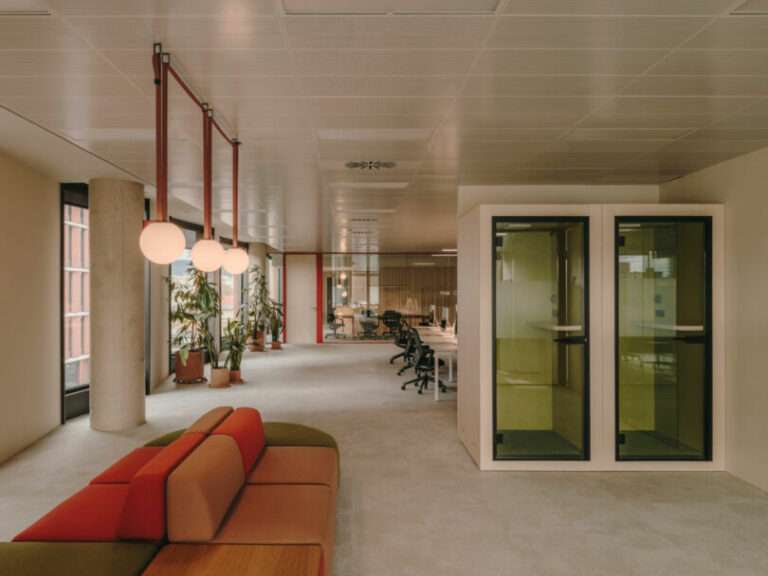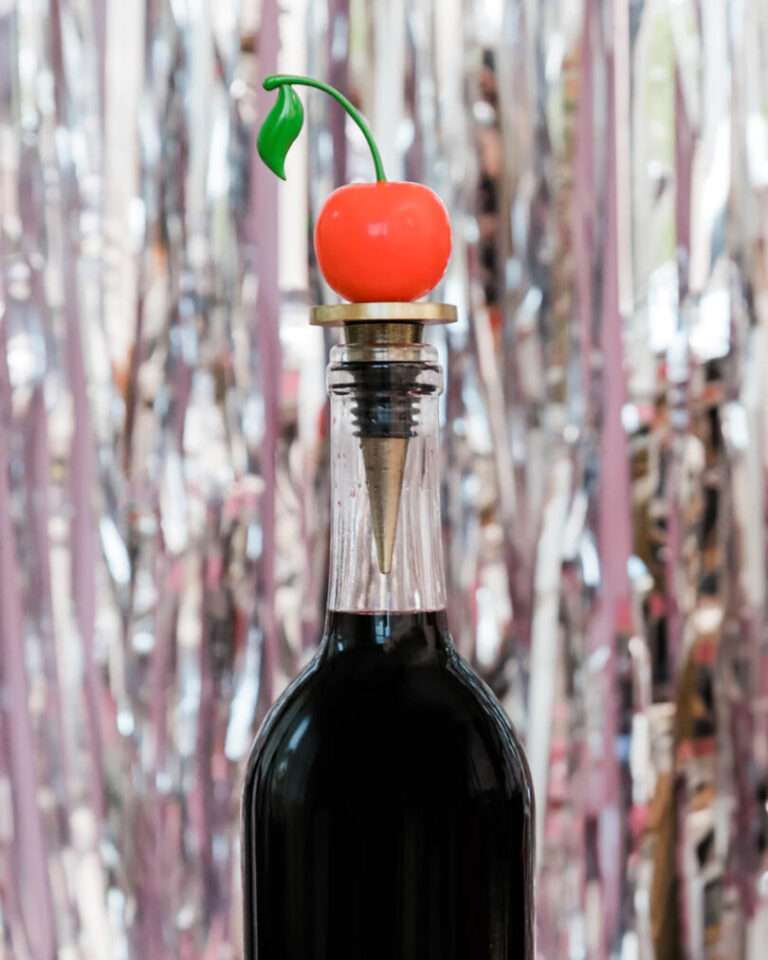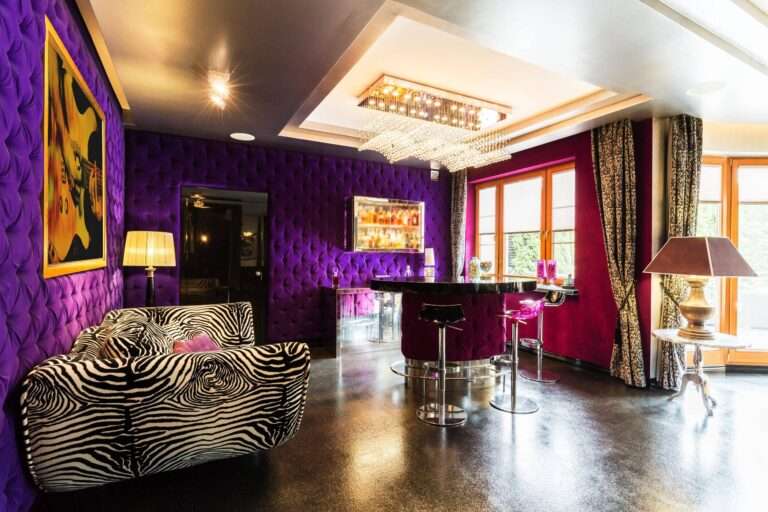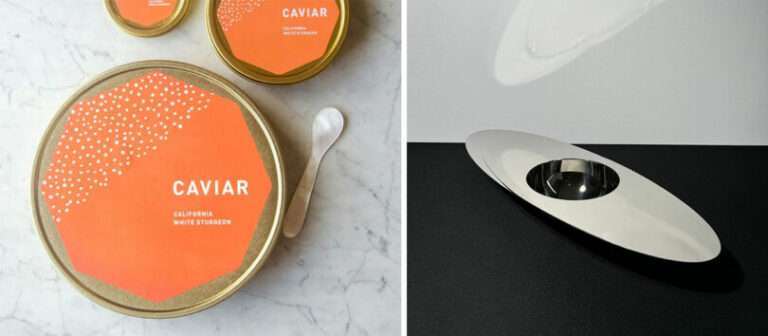I recently finished reading Marije Vogelzang’s Lick It. For those unfamiliar with her work, she’s the fairy godmother of food and eating design. In her latest book, she encourages the reader to indulge in curated culinary exercises (her art form) to explore the notion of food beyond sustenance into an expression of culture and desire. She shows you how satisfying a seductive relationship with your food can be.
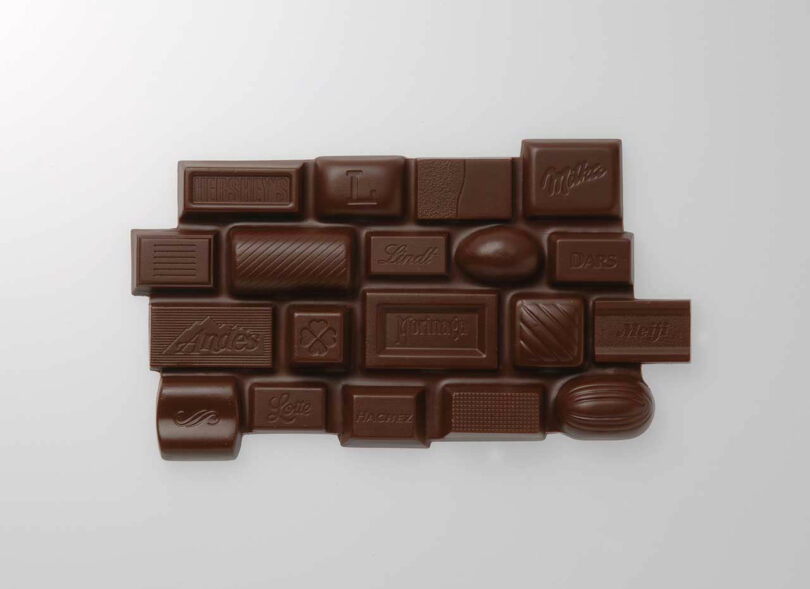
Naoto Fukasawa, All Star, 2007 Photo: Hidetoyo Sasaki
Funny enough exploring the relationship between food and seduction is the exact theme of Design Museum Holon’s most recent show FOOD. Running until November 11, 2023, this captivating showcase delves deep into the intricate and seductive relationship between humans and food, all while emphasizing the pivotal role that design plays in shaping this connection.

Photo: Elad Sarig
The museum has dedicated its entire space to three distinct exhibitions that provide fascinating insights into the subject.
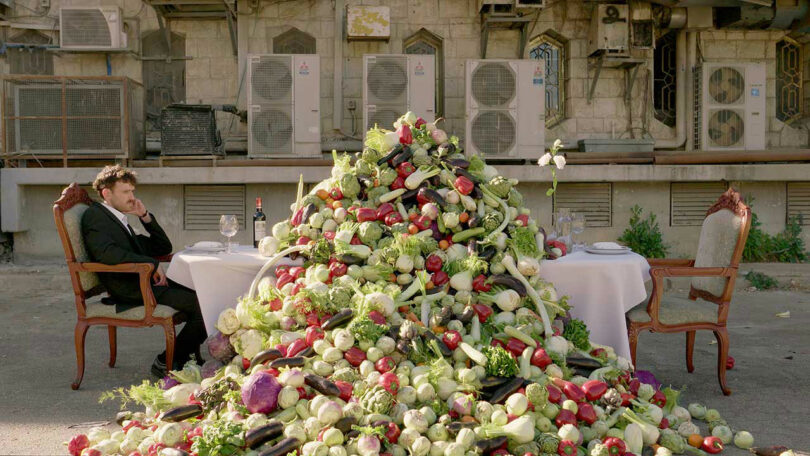
Nitsan Mayost, Letters to Ofer, 2022 Photo: Eitan Mottahedeh
Curators Liora Rosin and Dana Benshalom aptly observe, “Our culinary choices define and shape our identity, in our own eyes and in the eyes of others. You are what you eat, and sometimes you are what others see you eat.”
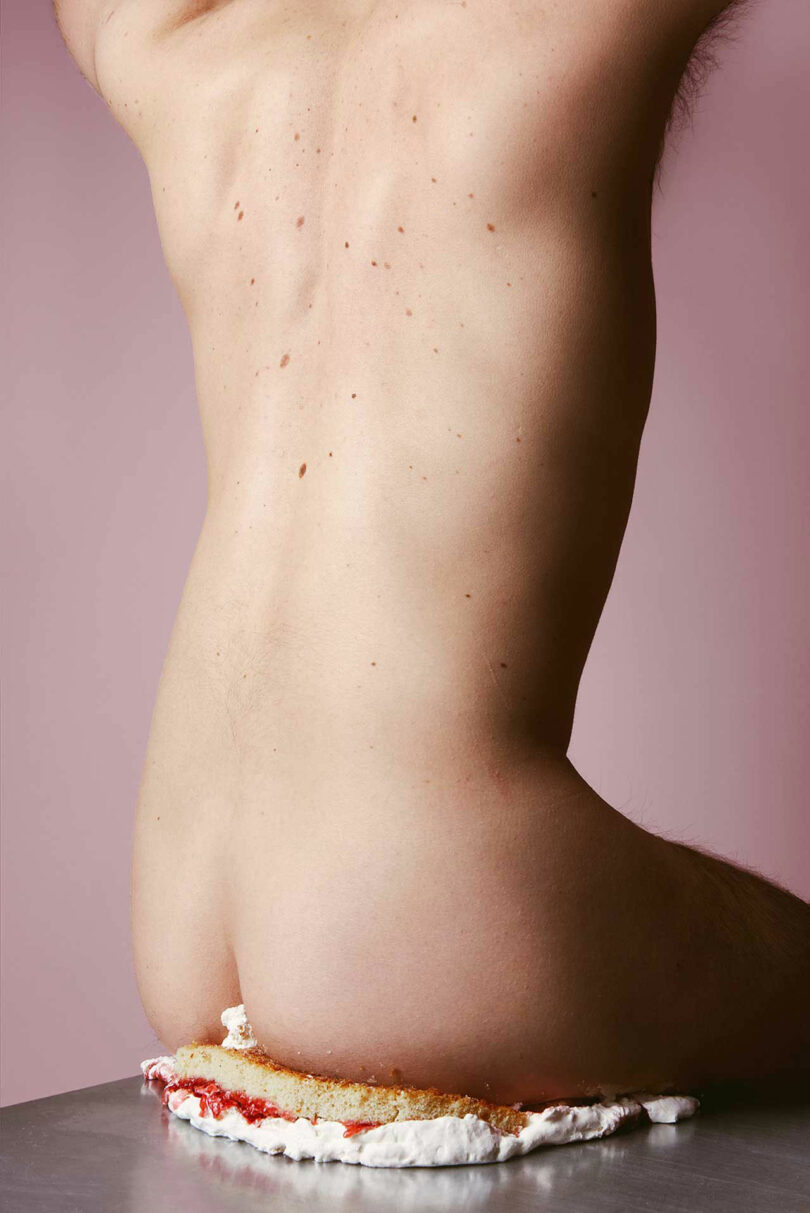
Photo: JoDuck
Food seduces us through the sound of a sizzling sunny-side-up egg, the aroma of freshly baked bread, the sight of grill marks on seared meat, and the tactile sensation of holding a ripe avocado. Surprisingly, taste is the last sense to join this seductive dance. The other four senses – sight, smell, touch, and hearing – play crucial roles in kindling desire or repulsion for food.
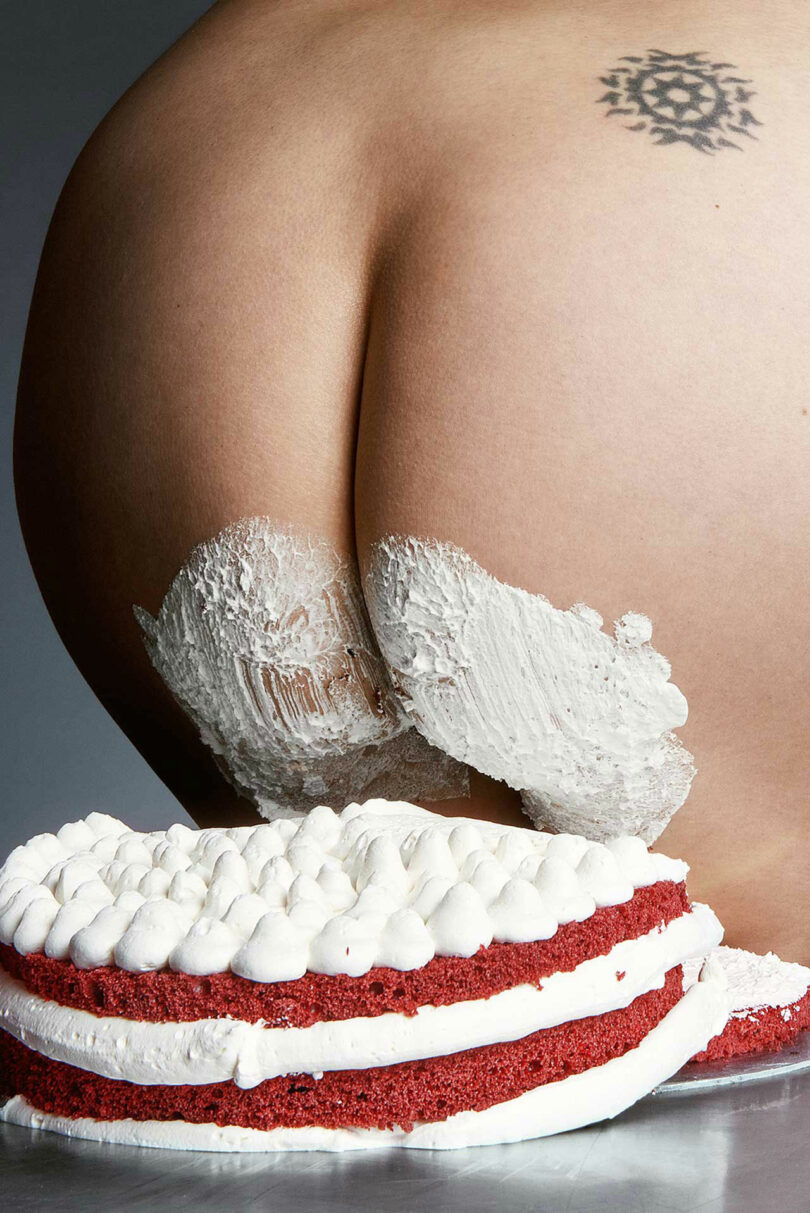
Photo: JoDuck
From our prehistoric ancestors’ gathering and hunting to modern processes of enhancement and preservation, food has shaped, seduced, and defined us. It categorizes us personally, collectively, and socially based on what we consume and how. For the design world, food serves as both raw material and symbol, with designers involved in various stages of food’s life cycle, responding to contemporary consumer culture. The exhibition is divided into three chapters: “Needs and Desires,” “Attraction and Repulsion,” and “Restraint, Preservation, and Liberation,” all interwoven with the theme of seduction.
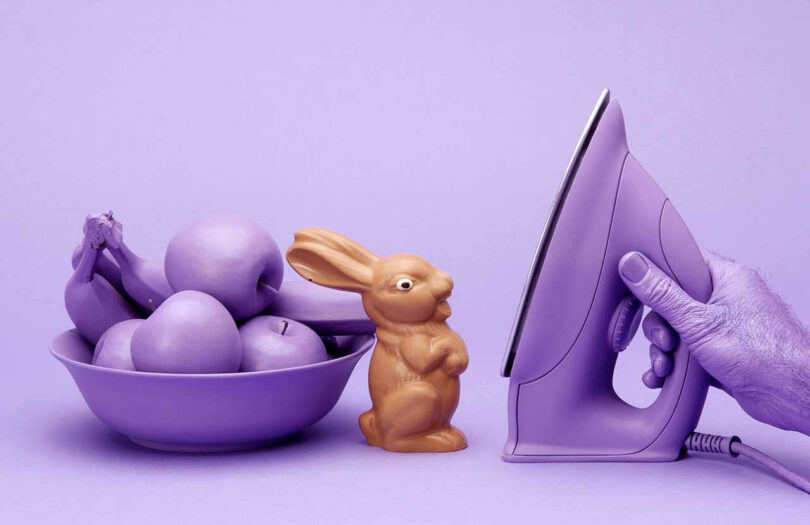
Photo: Lernert&Sander
Curated by Lior Hermoni-Gati, this exhibition explores the role of food coloring and how vision influences our interpretation of food colors. It invites visitors to reflect on the cultural context of food and its taste. Color plays a significant role in our perception of taste, and this connection has deep roots in human history. From hunter-gatherers using color to identify food sources to ancient Egyptians enhancing the hues of sweets, color has been a powerful tool in food seduction.
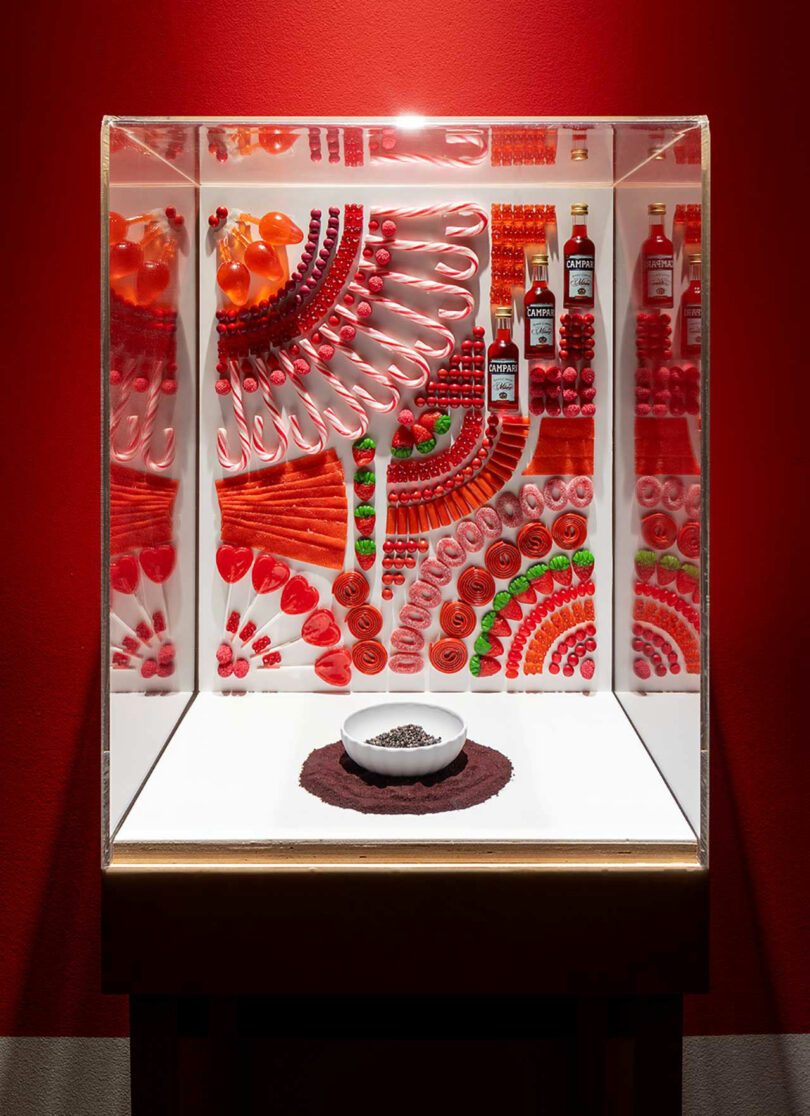
Photo: Elad Sarig
Today, bold artificial colors in foods create expectations of rich flavors. However, the awareness of the dangers associated with synthetic food coloring has led to a demand for natural alternatives. The exhibition questions how dominant color is in shaping our expectations of flavor, examining the symbolism and meanings tied to food colors. It covers everything from the aesthetics of food packaging to the significance of colors like red, green, and even black in the context of food.
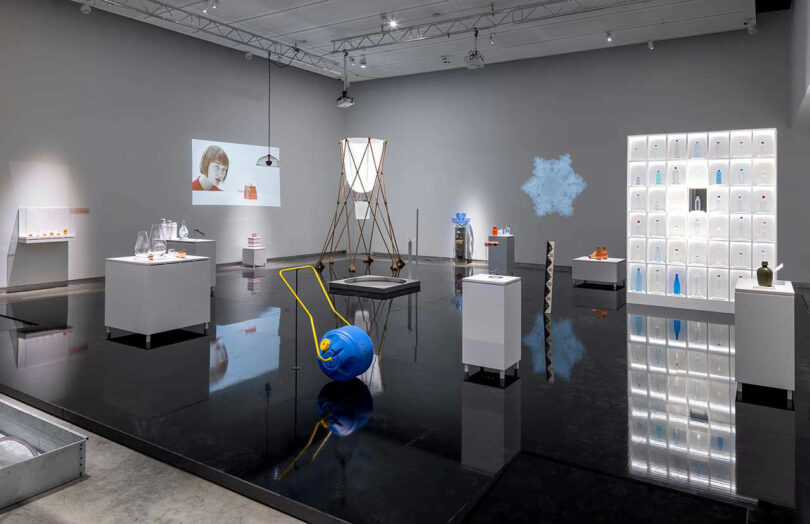
Photo: Elad Sarig
Curated by Talia Janover, this interactive, AI-powered sensory installation explores the future of food. It encourages visitors to explore the relationship between scent, memory, and the beauty of imperfection. While human needs for food haven’t changed in over 200,000 years, our relationship with our environment has shifted dramatically. Modern society often seeks to conquer nature, ignoring the ecological crisis we now face.

Cloaca Machine by Wim Delvoye, 2012 Photo: Elad Sarig
This exhibit raises questions about the cultural and nutritional changes needed for our survival. It explores the potential roles of insects, mushrooms, and seaweed in our diets and the techniques we might employ to prepare future foods. It also dives into the multitude of senses beyond the traditional five, offering insights into how these senses shape our perception of food.

Photo: Elad Sarig
Intriguing, thought-provoking, and visually stunning, Design Museum Holon’s current exhibition challenges us to reconsider our relationship with food and its role in shaping our culture and identity. It invites us to savor every aspect of this intricate connection between food and design, leaving us with a deeper appreciation for the artistry of the culinary world and its power to seduce both our palates and our imaginations.
Photography courtesy of v2com.


